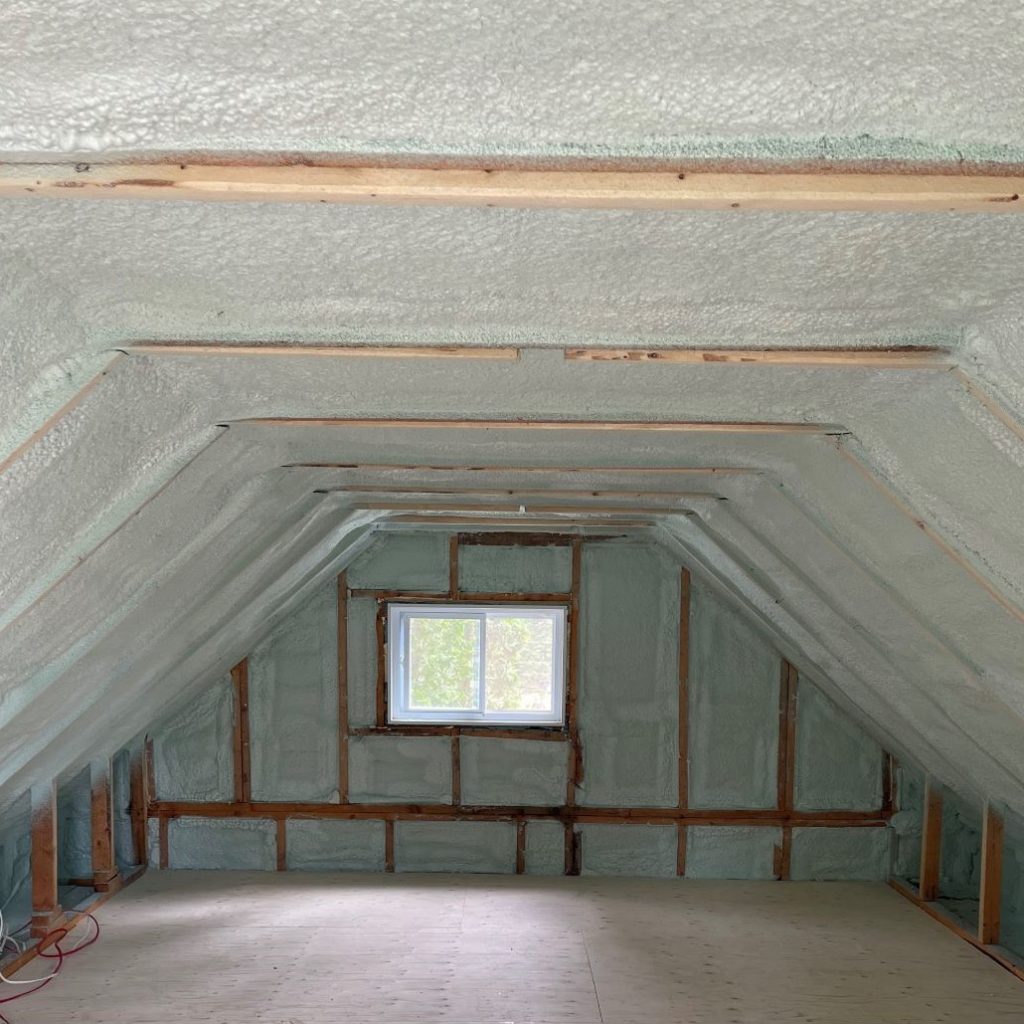In Quebec, we are lucky to have four seasons. But the changes of seasons can bring certain inconveniences such as fogging in the windows. This phenomenon, which is not necessarily dramatic, occurs mainly in the fall. Here are some reasons that can explain the presence of fog as well as some simple tips to eliminate it.
WHY IS THERE CONDENSATION AND HUMIDITY IN YOUR HOME?
Condensation that forms fog in windows occurs when temperature differences are very high. If the temperature of the glass surface is lower than the moist air in the house, the vapour will change to a solid or liquid state. If the following three factors are met, there will be condensation: the humidity in the air is very high, the air ventilation between indoors and outdoors is deficient, and there are cold surfaces.
Should You Worry About the Fog in Your Windows?
If you’ve had new windows installed and you notice condensation, this is not abnormal. It even proves the watertightness of your windows. The old ones leaked heat and humidity. This is no longer the case with the new high-performance and watertight windows.
What Causes Humidity in the Air?
Too much humidity in the air in your home can be caused by several reasons:
-Taking a shower, washing dishes and clothes, cooking food, having pets, plants, an aquarium and people in the house creates humidity.
-The outside air is very humid
-Your humidifier is poorly adjusted and gives off too much humidity.
-Your basement is damp, or the crawl space floor is made up of dirt.
-Hot, humid air from your dryer is poorly vented to the outside.
-You dry clothes in the house by hanging them inside.
-Closed blinds and curtains prevent air from circulating.
Why Is Your House Poorly Ventilated?
To avoid the accumulation of humidity, it’s essential to properly ventilate your home. If the fans that extract the humidity, or the ventilation systems are defective or disconnected, it is problematic. The absence of an exhaust fan connected to the outside in the bathroom, or in the kitchen above the hood can also cause humidity. Finally, without an air exchanger or heat recovery ventilator, the humid air stays inside. Moreover, it is suggested to maintain a humidity level between 40 and 50% in your home.

Why Are the Surfaces Cold?
The very cold weather outside and the presence of old windows may be to blame. Of course, poor or inadequate heating also creates cold surfaces. This can be caused by air vents or baseboard heaters blocked by furniture or curtains. Also, when a room is not often used, such as the guest room or the basement, the heating vent is sometimes closed. The indoor temperature can also experience large variations caused by a very low thermostat, unevenly distributed wood stove heat or poorly heated rooms.
8 Tips to Avoid Condensation and Frost in Windows.
1- Remove your window screens before winter to allow the air to circulate.
2- Avoid closing window shades, blinds and curtains in the evening or during the day.
3- Limit the number of indoor plants as they give off moisture.
4- Check that your dryer is properly connected to the outside and that there are no leaks in the hose.
5- Store firewood outdoors as wood is filled with moisture.
6- Always run the bathroom fan and kitchen hood when you are using these rooms.
7- Take faster showers, and it’s more economical!
8- Make sure to install heating at the bottom of the windows.
In conclusion, the humidity level in your home can be controlled simply in several ways. But if you have a house from the 60s and 70s, and your windows are not double pane (thermos), there is a good chance that it will fog up.
If you have any questions regarding the insulation of your home, do not hesitate to speak to one of our experts.
This article was originally published on November 8, 2019 by François Morissette








